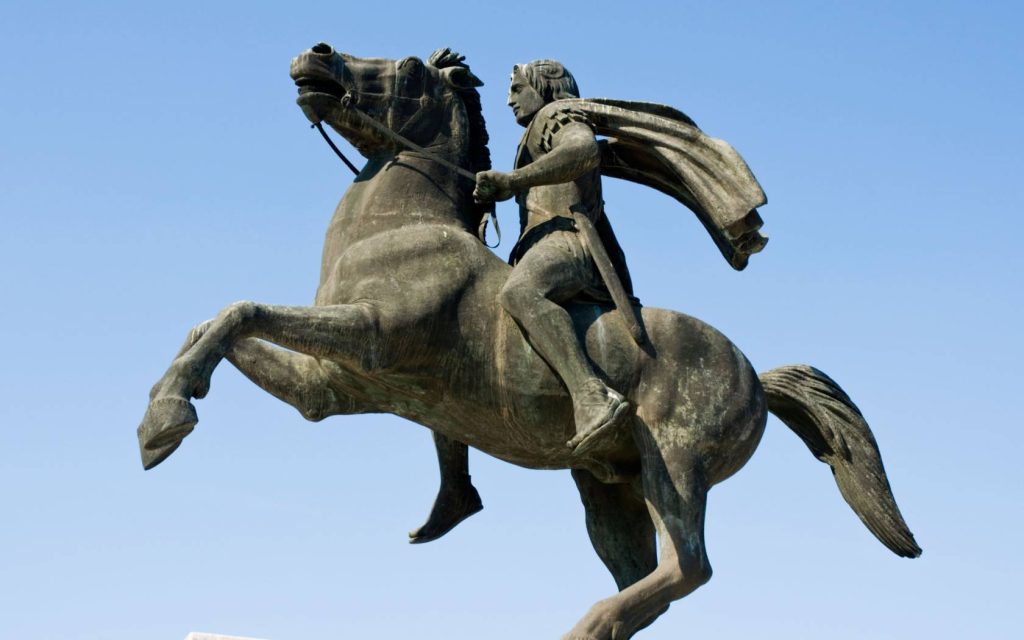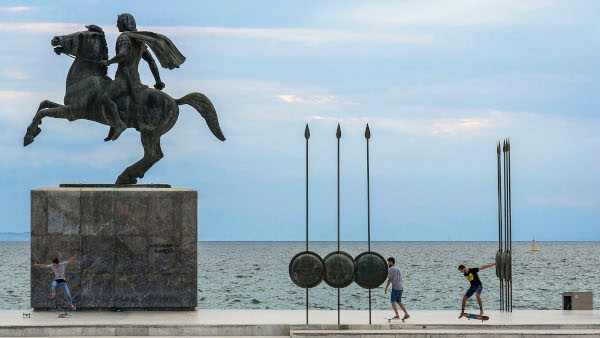1. The history of alexander the great statue
Alexander the Great, 356 BC – 323 BC, was the king of the Macedonian Kingdom in ancient Greece. During his reign, the Macedonian Kingdom became one of the most powerful empires in ancient times. His statue is not only a work of art, but also a witness to history.
2. The artistic characteristics of the statue
Statues of Alexander the Great are of unique artistic value. The statue usually depicts him riding on a horse, wearing armor, holding a spear, with a firm facial expression and a sense of strength. The details of these statues are handled very finely, fully demonstrating the superb skills of ancient Greek sculpture art.

3. The symbolic meaning of alexander the great statue
The statue of Alexander the Great is not only a portrait of himself, but also a symbol. His statue symbolizes victory, strength and wisdom and was an important part of ancient Greek culture. At the same time, these statues also reflect the important position and influence of Alexander the Great in history.
4. Distribution and Preservation of Statues
Statues of Alexander the Great are located in museums and public spaces around the world. Probably the most famous of these is the statue of Alexander the Great in Scorpia, Greece. The preservation and display of these statues enables us to understand Alexander the Great and ancient Greek culture more intuitively.

5. Conclusion: the integration of statues and history
The statues of Alexander the Great are the intersection of history and art, they give us a glimpse of the glorious history and culture of ancient Greece. These statues are not just structures of stone and copper, they are living fossils of history, the eternity of art.


